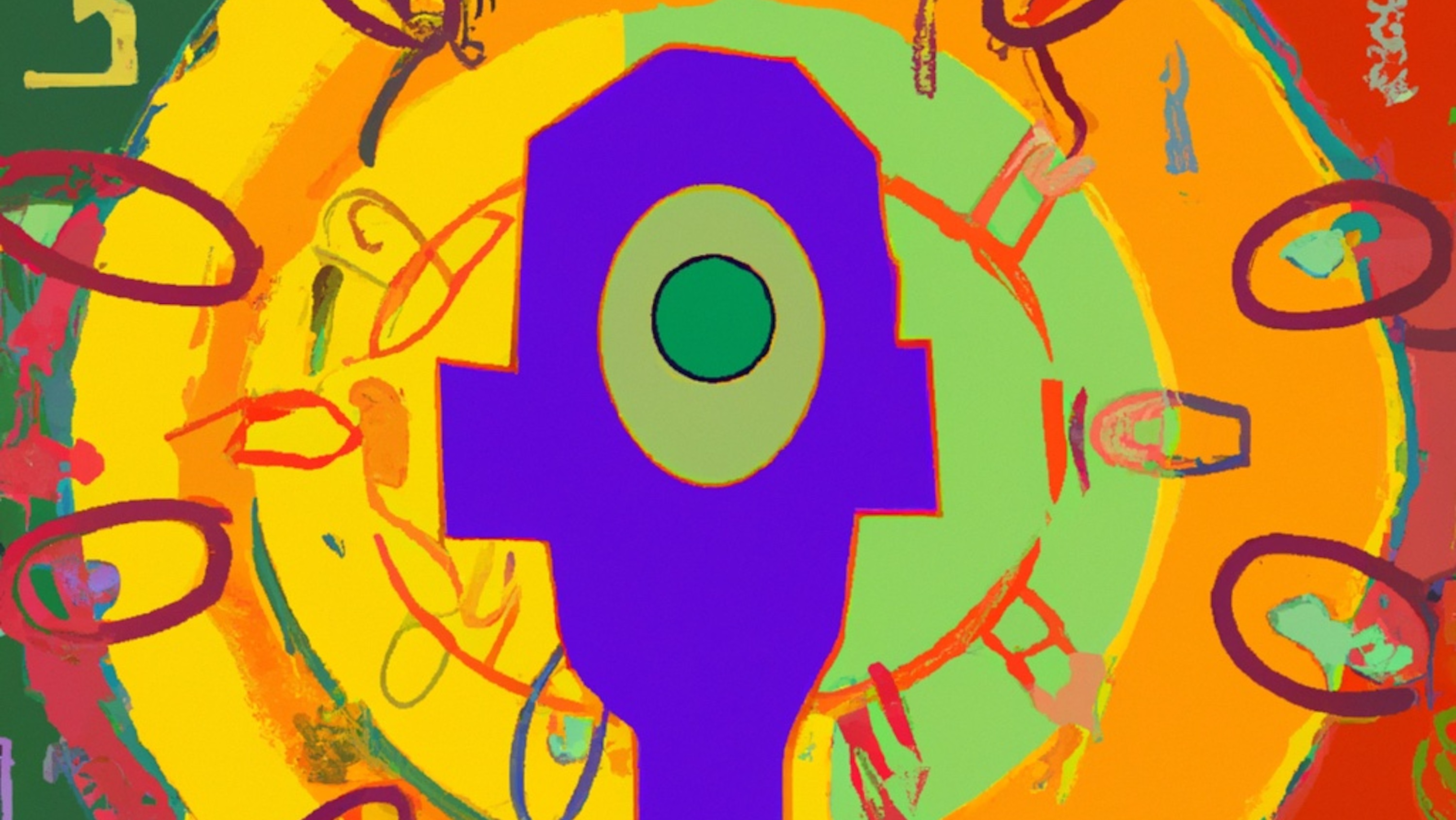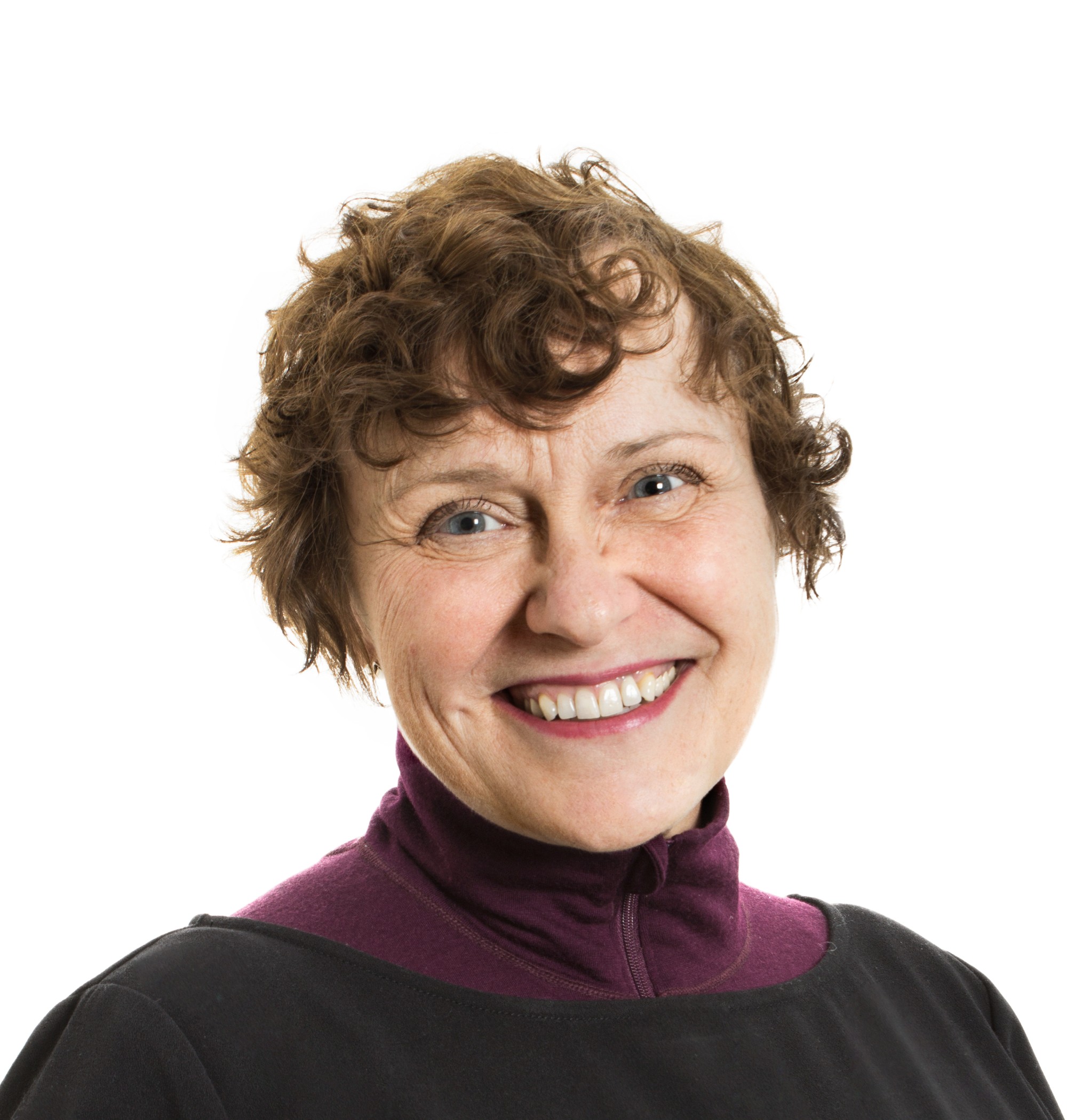Making visual art with the help of artificial intelligence could be a great way to teach kids about the ethics of the ubiquitous technology, says an education professor at the University of Alberta.
Today’s K-12 students live in symbiosis with AI more than previous generations could have imagined. Algorithms permeate almost every facet of their lives, from Google searches to the algorithms that select their music, films and TikTok videos — influencing the choices they make and the way they see the world.
But creating art is one way to disrupt that invisible influence, or at least help students more fully understand what algorithms do “behind the scenes,” says Patti Pente, an artist and professor in the Faculty of Education.
“Canadian teachers and students today are AI-enhanced cyborgs — they just don’t realize it,” she and her co-authors Cathy Adams and Kenzie Gordon write in an article recently published in A Fine FACTA, the news journal of the Alberta Teachers’ Association.
Pente prompts her own student teachers to see humanity as a new breed of “posthuman” hybrid beings whose identities are partly constructed by AI. The idea of humanism — inherited from the European Enlightenment — assumes we have sole agency to act upon and manipulate the world. Posthumanism, however, sees that relationship as reciprocal, and humanity as “dynamically formed by the materials of our environment as we influence them,” write Pente and her co-authors.
“It helps avoid oversimplified, deterministic approaches to ethical quandaries.”
In teaching students to make art, Pente recommends critically “collaborating” with AI image generators such as Dall-E 2. Made by OpenAI — the company that developed ChatGPT — the generator uses an image data set to produce new images and art from text descriptions called prompts.

